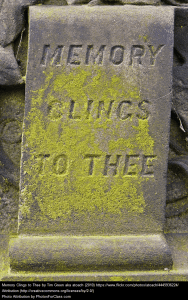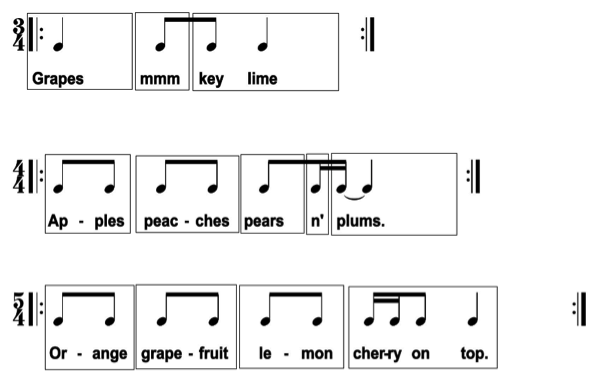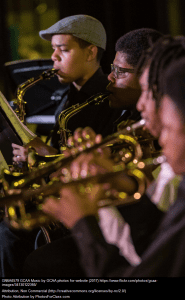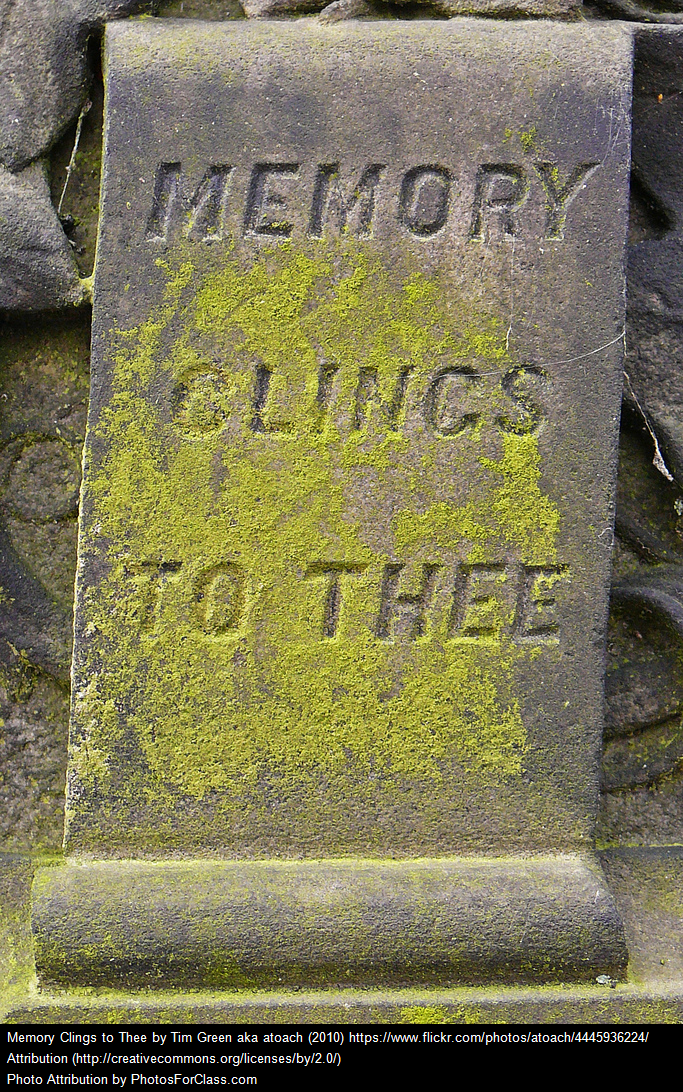This is a guest post by music educator Louise Campbell.
Memory is trained less and less in our everyday lives, with major impacts on students’ ability to understand and master subject matter. Assuming there are basics of information you want your students to learn by memory, what are some strategies for getting that information well lodged in students’ heads?
Ever got a tune stuck in your head? And couldn’t get it out? 
As Oliver Sacks discussed (Musicophilia, 2008), ear worms are songs that repeat over and over in your head. The jury is out on how and why this happens: but we’ve all had the experience of that tune going round, right round, baby, right round-round, baby, round like a record, baby….
You get the idea! Let’s use this funny brain hiccup to help you and your students create a memory game embedded with the information you want your students to know inside out and backwards.
The game: Fruit Salad is a rhythm game that features word-based chants. The chants are repeated and layered an indeterminate number of times. I composed the following score using rhythmic chants of different lengths: 3, 4 and 5 beats long. When layered, the chants phase due to their different lengths.
Fruit Salad
Game by Louise Campbell

How to toss the fruit salad:
- As a class, learn each chant by heart. Loop as many times as necessary until comfortable.
- Drop a word(s) from the chant and replace it with a rest(s). See boxes in the score above for suggestions of what to drop.
- Add a word(s) back into the chant.
- Find a way to add/drop words on the fly.
- Divide your class into 2-3 groups and assign one chant per group. Ask each group to practice the chant until they can loop it easily and add/drop words on the fly.
- Bring the class back together and loop the chants at the same time, adding and dropping words at will.
On the level of memory, participants learn the chants by rote, and then challenge and integrate memory through the game of keeping their place in the chant as words are added and dropped. The result is a groovy group rhythm in which different words from the chants pop out at different times. The game itself is fun to play, and has all kinds of interesting musical possibilities.
Now, imagine how you can make this game work for you and your students in terms of memory – say you use this game when teaching your students about nutrition. Chances are that if you ask your students on a test to name a number of fruits, they will come out with the fruit in the chant they learned. What if you and your students made up a chant with examples of each of the major food groups? The information will be even more committed to memory if students come up with the chants themselves.
 A chanting game can be made out of any material you want your students to memorize. Pick a topic and ask your students to brainstorm words associated to that topic. Then, ask students to play with the words as rhythm, by dropping and adding, arranging and re-arranging the words to be as groovy as possible. For best results for memory, the chants can be made to represent a ‘chunk’ of information, where one chant is dedicated to a specific food group.
A chanting game can be made out of any material you want your students to memorize. Pick a topic and ask your students to brainstorm words associated to that topic. Then, ask students to play with the words as rhythm, by dropping and adding, arranging and re-arranging the words to be as groovy as possible. For best results for memory, the chants can be made to represent a ‘chunk’ of information, where one chant is dedicated to a specific food group.
The key is to boil it down to the essentials – words and rhythm – to make the chant rhythmic and catchy. In the process of playing with the words, your students will be committing the chant to memory, building their own earworms out of information needed to master a subject. Who knows how far you and your students will take it – want your students to memorize the Periodic Table of Elements? It has some fabulously rhythmic words that would make a great rap!
Louise Campbell is a Montreal-based musician who specializes in participatory music making for amateurs of all ages and abilities. Her most notable work includes music improvisation and composition with elementary and secondary school students as an Artist in Schools (Playing the music game: Unplugged, Répertoire de ressources culture-éducation, Culture in Schools) and for disadvantaged youth (Les bonnes notes, Culture pour tous). For more music games and activities such as this, visit Louise’s blog at louisecampbell.ca




